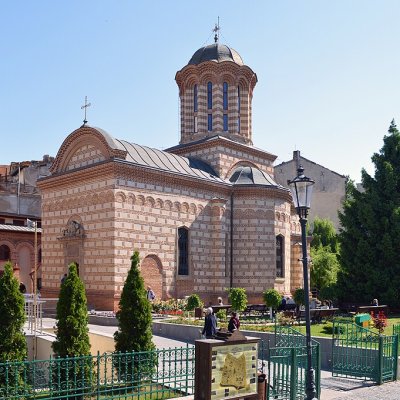
St. Anthony Church
- 70 m from Voievodal Palace Curtea Veche
St. Anthony Church, located in Bucharest’s Old Town, is considered the oldest church in the city, dating back to the 16th century. It has been rebuilt several times throughout history and once served as a royal church, where the rulers of Wallachia were crowned.
Situated next to the Old Princely Court, the church impresses with its Brâncovenesc-sty...








